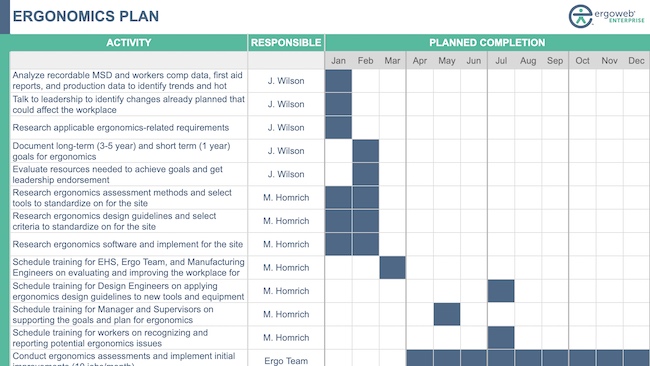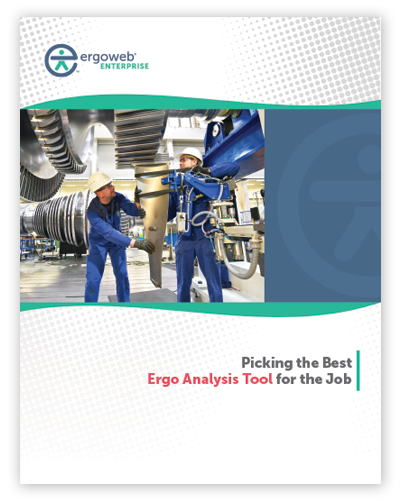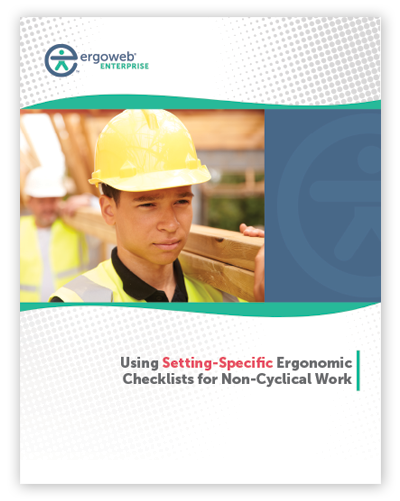May 29, 2012
Peter Budnick reviews a 2010 study that investigates spinal pain among 11 to 14 year old school children in New Zealand. Even if you don't have children or work with them as part of your ergonomics work, the statistics in this research are revealing. Of course, children grow up and will soon be adults attending universities and assuming jobs, perhaps in your workplace. Are there trends that could lead to more back pain sufferers in the future?






